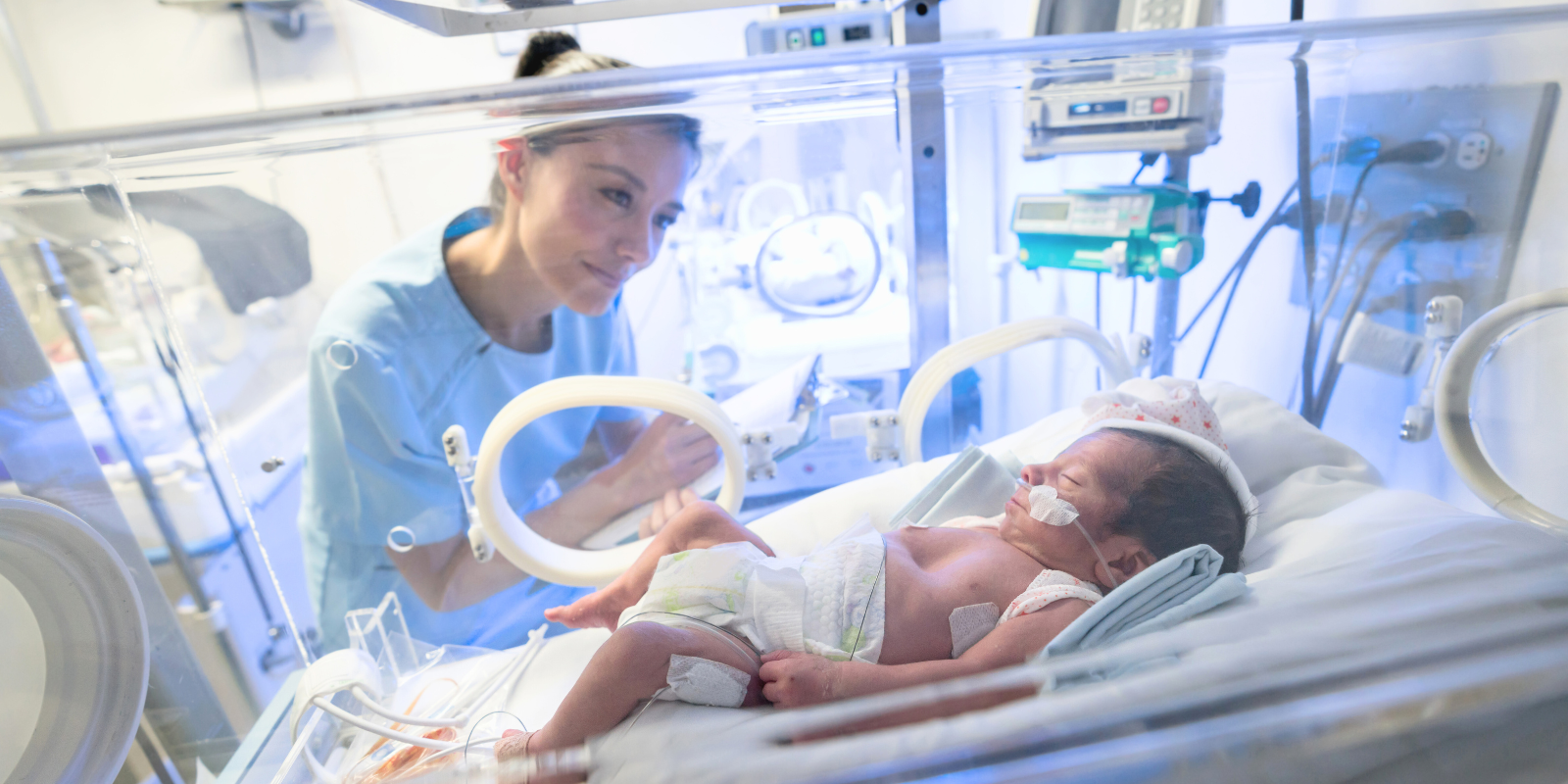Neuro-ophthalmologists aren’t entirely sure what leads to non-arteritic ischemic neuropathy (NAION), an ocular condition in which a lack of blood flow to the optic nerve causes sudden and irreversible blindness, but they suspect it may have something to do with a delicate balance among blood pressure, intracranial pressure, and pressure within the eye itself.
Anecdotally, many patients who suffer from this condition report “blindness upon awakening,” which has implicated that some critical event occurs during sleep.
“An imbalance of these pressures may contribute to an event that causes NAION,” says Mary Labowsky, MD, assistant professor of ophthalmology at the University of Colorado School of Medicine. “When we sleep, our blood pressure drops naturally, and for some individuals, this drop can be excessive. We want to investigate a possible connection between nocturnal hypotension and NAION, which can have devastating effects on patients because that vision loss cannot be restored.”
Labowsky recently presented a forthcoming research project at the CU Department of Ophthalmology’s 28thannual Ophthalmology Symposium, in which she and colleagues across the CU Anschutz Medical Campus aim to better understand blood pressure and its effect on the optic nerve, potentially leading to enhanced recommendations for patients at risk for the condition.
Understanding NAION’s triggers
Nearly 6,000 new cases of NAION are diagnosed each year, making it one of the most common causes of acute optic neuropathy in patients older than 50.
Risk factors for the condition include high blood pressure, diabetes, obesity, sleep apnea, and age, but Labowsky emphasizes that more research is needed to know exactly what causes the limited blood flow to the optic nerve, essentially cutting off total or partial vision in one eye.
“NAION classically affects half of the nerve, so people will lose the top or bottom of their vision, but it tends to perfectly respect that midline,” she says. “This means that for some patients, they can still have preserved central vision, but severe loss of peripheral vision in the affected eye.”
Once NAION strikes, there’s no regaining vision. This makes better understanding the condition and how to better prevent a second case crucial to preserving quality of life for patients, especially as recommendations among health specialists differ in relevant factors that could lead to reoccurring cases.
Enhancing medication recommendations
For patients with NAION in one eye, ophthalmologists often recommend against taking blood pressure medications before bedtime to prevent even bigger drops in blood pressure. But newer cardiology research is increasingly pointing to better overall health outcomes for patients that do so.
“These studies really aren’t looking at the eyes, so there is a gray area that we should study,” Labowsky says. “In ophthalmology, we often tell patients that they don’t want to keep their blood pressure so low so they don’t lose vision in the other eye, but it is important to weigh this recommendation against cardiovascular risk.”
Labowsky’s targeted research will look at a series of blood pressure readings from participants, some who have experienced NAION, over the course of 48 hours.
“Our research can substantially contribute to ophthalmology and also to patients’ health,” she says. “Our hypothesis is that patients who have had NAION will show a steep drop in blood pressure during the night compared to controls.”
From there, the researchers can grow their study and potentially offer ophthalmologists more evidence on when to advise their patients take certain medications for the best outcome.
“With significant findings, it’s possible that ambulatory blood pressure monitoring could become standard of care and that could help alert a cardiologist or specialist if blood pressure is dropping to a concerning point,” Labowsky says. “And with that, we may be able to prevent sequential episodes.”


.png)

.png)